Table of Contents[Hide][Show]
- What Are The Galilean Moons Of Jupiter And Why Are They Important?
- What Are The Names Of The Galilean Moons?
- What Makes The Galilean Moons Special?
The Galilean Moons Of Jupiter+−
- Ganymede
- Callisto
- Io
- Europa
- The Tragic End of Laika, the First Animal in Space
- NASA’s Europa Clipper Mission Blasts Off, Seeking Life Beneath Icy Moon’s Surface
- The April 8th Solar Eclipse: Everything You Need To Know
- NASA Regains Contact With Ingenuity Mars Helicopter Drone
- Saturn’s Rings Will Vanish From View In 2025
- Earth vs Jupiter: 5 Incredible Facts About Jupiter When Compared To Earth
- The Moon Has A Trash Problem Already – Here’s What Was Left On The Moon And Why
- 30 Fascinating Facts About Jupiter
- What Makes The Galilean Moons Different From Jupiter’s Other Moons?
- These Amazon Binoculars Are WOW! Reviewers Claim That They Can Even See Jupiter’s Moons!
- What was the first song played in space? Do you know?
- Top 5 Biggest Things In The Universe
Jupiter has the most moons of any planet in our solar system. At least 80+ moons that we know of. But the gas giant also has a special group of moons called the Galilean Moons. What makes these moons different? Who discovered them? Can they sustain life? Here’s what you need to know about the Galilean Moons of Jupiter.
What Are The Galilean Moons Of Jupiter And Why Are They Important?
The Galilean Moons are a group of four large moons that orbit the planet Jupiter. Named after their discoverer Galileo Galilei, the Galilean Moons are noteworthy because they were the first celestial objects found to be orbiting an object other than the Sun or Earth.
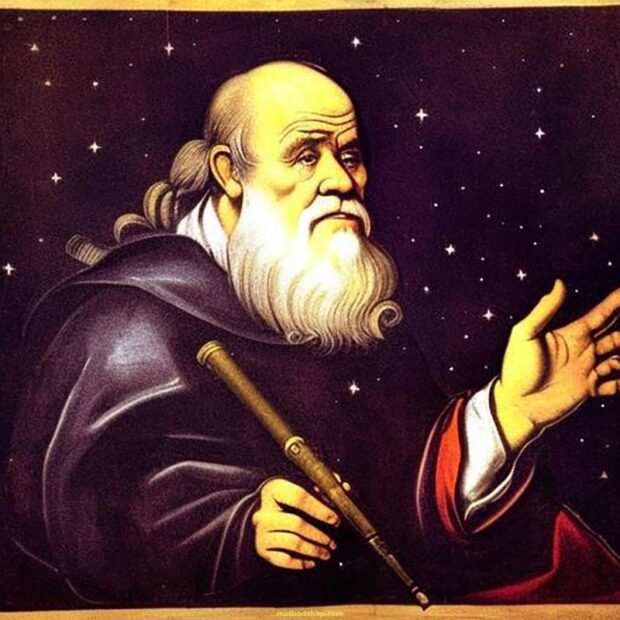
Galileo first observed the moons in while using a custom telescope that he designed himself. He took an existing telescope and improved its magnification to 20x, enabling him to see celestial bodies more clearly. This led to his discovery of the Galilean moons in December 1609 or January 1610.
What makes the Galilean Moons different from Jupiter's other moons? #Jupiter #Moons #GalileanMoons #Astronomy #SpaceExploration #SolarSystem #Ganymede #Io #Europa #Callisto #GalileoGalilei Share on XWhat Are The Names Of The Galilean Moons?
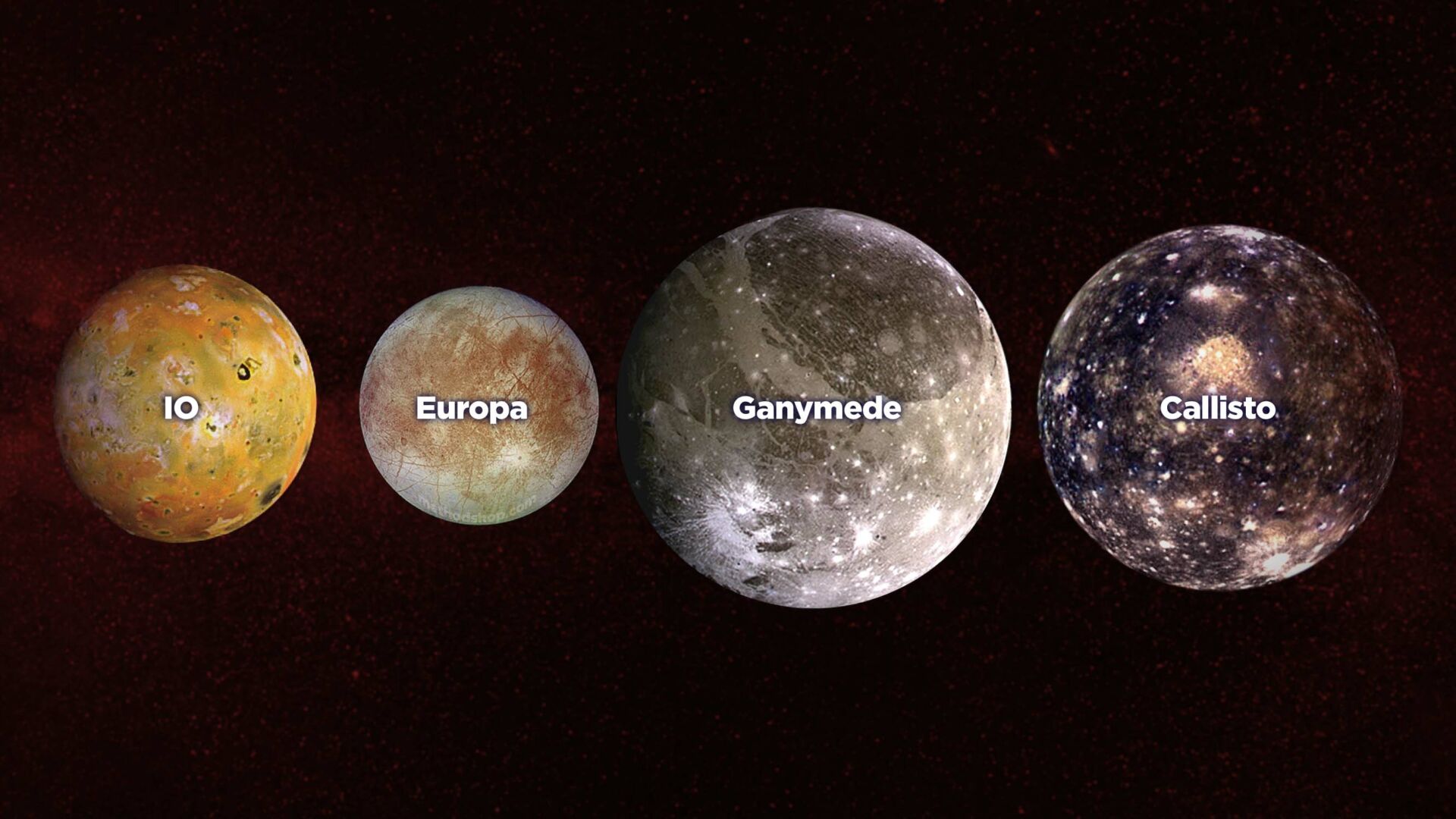
The four Galilean Moons are named Io, Europa, Ganymede, and Callisto. They are all named after figures from Greek mythology. But why would an Italian name his discovered moons after Greek mythology figures and not Roman? Good question. Keep reading to find out the controversy surrounding their names.
What Makes The Galilean Moons Special?
The Galilean moons are unique and different from other moons in several ways:
- Size: The Galilean Moons are some of the largest moons in the solar system, with Ganymede being even larger than the planet Mercury. The only other planet with a giant moon is Saturn, which has a moon named Titan that is only slightly smaller than Ganymede.
- Location: The Galilean Moons are located much closer to Jupiter than most other moons in the solar system, which makes them easy to observe and study.
- Variety: The Galilean Moons have a diverse range of geological features and environments, including active volcanoes on Io, a subsurface ocean on Europa, and impact craters on Callisto.
- Exploration: The Galilean moons have been explored by various spacecraft, including the Pioneer 10 and 11, Voyager 1 and 2, Galileo, and the current ongoing NASA Juno mission. Over the years, this exploration has provided scientists with a wealth of data and insights into their geology, atmosphere, and potential for life.
- Possibility Of Life: The Galilean Moons are considered to be some of the most promising places in the solar system capable of sustaining life. Europa in particular is believed to have a subsurface ocean beneath its icy crust that may contain life.
- Controversy: The initial discovery of Jupiter’s larger moons was controversial. Although, German astronomer Simon Marius also claimed to have seen the moons around the same time as Galileo, Galileo is credited with their discovery because Marius did not publish his observations. As a compromise, Galileo is credited with the discovery of the moons, and the names that Marius gave the moons, Io, Europa, Ganymede, and Callisto, are the names that we use today.
NERD NOTE: Galileo Galilei discovered the four large moons orbiting Jupiter between January 7th and 13th, 1610, using a telescope that he designed himself. He initially thought the moons were stars until he observed their movement. After noticing how they would disappear behind Jupiter, he concluded they were orbiting moons.
The Galilean Moons Of Jupiter
Io, Europa, Ganymede, and Callisto are all named after the lovers of Zeus, from Greek mythology.
Each of the Galilean Moons are unique because of their size, location, surface, exploration history, and the possibility of hosting life.
Ganymede
Ganymede is Jupiter’s largest moon, as well as the largest moon in the solar system. With a diameter of 5,268 km, Ganymede is even larger than the planet Mercury.
Covered with a thick layer of surface ice, the moon is believed to have a warm iron-rich core composed of silicate rock. But scientists believe that 200 km below the icy surface of Ganymede is a salt water ocean.
Callisto
Callisto is the second-largest of Jupiter’s moons and has a diameter of 4,821 km.
Composed of rock and ice, it is the most heavily cratered object in the Solar System, with an estimated 1,150 impact craters on its surface.
Callisto also has a tenuous atmosphere composed of carbon dioxide and traces of oxygen. Because of its atmosphere and distance away from Jupiter’s intense radiation, it’s been identified as a potential base for future human exploration of the Jupiter system.
Io
Slightly larger than Earth’s moon, Io the innermost of Jupiter’s moons.
With over 400 active volcanoes, it’s one of the most geologically active places in the known universe. Io also has more than 100 mountains, some of which are taller than Earth’s Mount Everest.
Its atmosphere is made up mostly of sulfur dioxide (SO2) and is extremely thin. This thick layer of sulfur in its atmosphere give the planet a yellowish hue.
Europa
Europa is the smallest of the four Galilean moons and slightly smaller than Earth’s moon.
Europa has a silicate rock core and an icy surface covering an ocean estimated to be up to 100 kilometers deep. Scientists believe that the warm water below the icy crust is one of the most promising places in the Solar System to search for extraterrestrial life. If Europa has hydrothermal vents at the bottom of its ocean, like on Earth, then there could be clusters of life on Europa.
Why are the Galilean Moons of Jupiter so special? They were the first celestial objects found to be orbiting an object other than the Sun or Earth. #Jupiter #Moons #GalileanMoons #Astronomy #SpaceExploration #GalileoGalilei Share on XI’m a dog owner that loves poetry, vampires, mountain biking, and cosplay. I’m open to ideas and still trying to figure my SFO life out one blog post at a time. LF ISO SWF GSOH SI DDF.

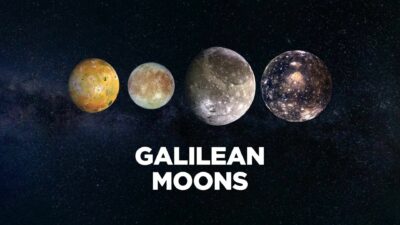

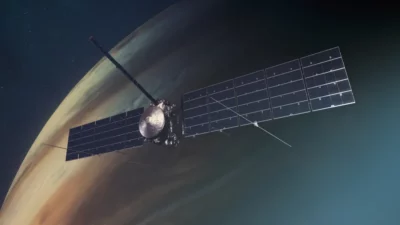
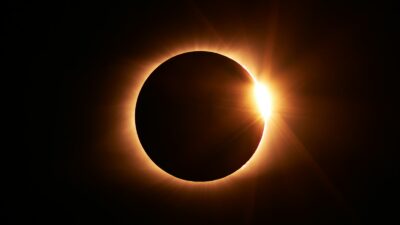
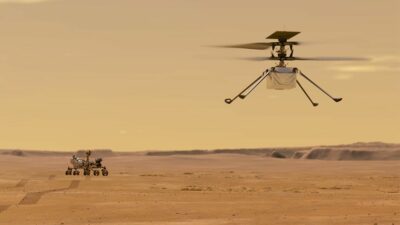
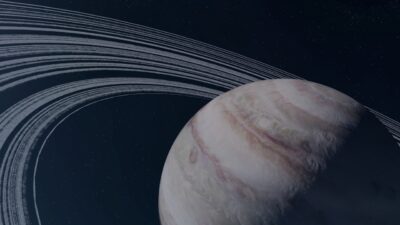
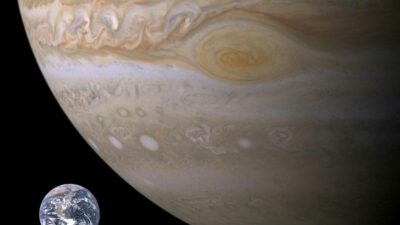
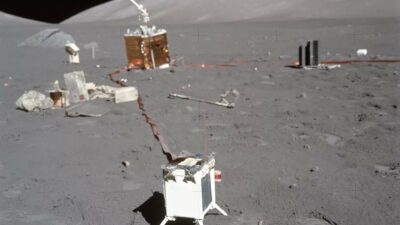
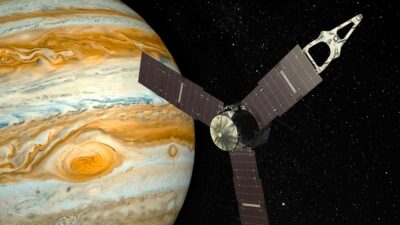
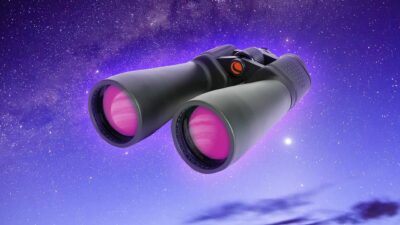












 How To Enable The Speech To Text Mac Shortcut In macOS
How To Enable The Speech To Text Mac Shortcut In macOS
Leave a Reply
You must be logged in to post a comment.